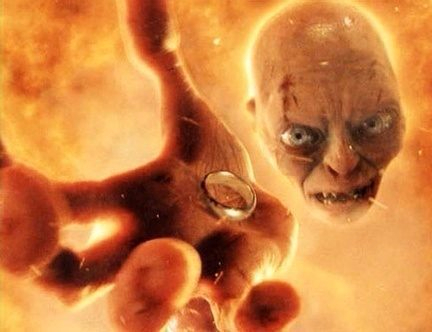
Founded in 1862 the mining town of Centralia in Pennsylvania was created due to the demand for coal as a primary fuel source, throughout the 19th and 20th Century a mass web of mines, tunnels and underground gangways were constructed to get at the coal resources deep under ground. It is estimated that 95% of Anthracite coal (a very high energy form of coal) is located underneath Pennsylvania and there was an estimated 25 million tons of it under the town of Centralia.
However during the mid 20th century the demand for coal reduced in favour of other fuels such as gas and oil and the vast web of mines underneath the town of Centralia were eventually abandoned.
On the 27th May 1962 the mine shafts under Centralia caught fire, it is still debated how the fire initially caught ablaze but the main assumption is that a fire was purposely ignited in an attempt to clear up a rubbish tip, beneath this rubbish tip was a hidden mineshaft entrance where the fire began to slowly wind its way through the labyrinth of underground mines beneath the town.
The town was unable to gather enough funds and resources to tackle the fire at its early stages and a delay in response enabled the fire to spread through the mines using the vast amounts of coal as fuel. Residents initially enjoyed the presence of the underground fire, not having to shovel snow in the winter due to heated floors and being able to grow tomatoes in the warm soil, however this didn’t last. As the fire spread and increased in size, large noxious fumes started to stream out of the ground and parts of the main road into town sunk as the burned ground collapsed underneath it.
The government tried several methods to try and extinguish the fire over the next 20 years, including:
Boring holes into the ground and filling mine shafts with wet sand, gravel, slurries of cement and fly ash to cut off the oxygen supply.
However this didn’t work as they could never fill the mineshafts completely and the inferno was reaching temperatures over 500 degrees celcius and burning any materials put into the mine.
Digging a trench to contain the fire.
The town tried to dig a trench to block the fire from spreading any further, however this didnt stop the fire as it spread past the trench through the mine system, it is thought that the trench actually provided more oxygen to fuel the fire further.
Flooding the mine.
The idea of flooding the mine with water was put forward but ultimately dismissed as the mine system was so vast it would be impossible to completely flood the mine and the drainage qualities of the soil would not hold the water making it take years of work to try and put it out.
As the inferno under the town burned bigger and further, spreading up to 300 feet deep, burning vegetation on the surface of the soil and venting toxic fumes to the point where people began passing out from the carbon monoxide coming up out of the floor. A 12 year old boy was almost swallowed up by the ground as it gave way beneath him, only surviving by holding onto a tree root and being pulled out by his cousin. A final solution was put forward, the town must be evacuated.
In 1984 the government issued $42 billion dollars to relocate the townspeople to neighbouring towns, Centralia’s population of over 1100 people moved on leaving less than 10 people behind who refused to leave. The town is now a ghost town and covered in signs advising people to stay away due to sudden ground collapse and noxious fumes, most of the buildings in the town have now been leveled and are uninhabitable and the surviving vegetation has been left to run wild. The fire shows no sign of running out of fuel, with experts suggesting the fire could still blaze for another 250 years before running out of fuel.
Further reading:
- http://www.todayifoundout.com/index.php/2014/08/town-thats-burning-half-century/
- http://www.smithsonianmag.com/travel/fire-in-the-hole-77895126/





Nice one, Really interesting post.
smouldering